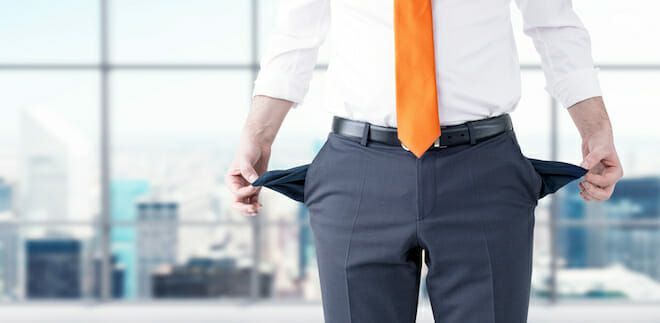When You Need to File Bankruptcy

It’s never fun to consider declaring bankruptcy. But, believe it or not, bankruptcy can be a smart financial decision in certain situations. Bankruptcy’s designed to give people a fresh start when they need one. And if you file for bankruptcy, you’re taking a big step towards getting your finances under control. That’s always a responsible goal.
But it’s a serious decision with consequences. Your credit rating takes a big drop (as you may know already) and your spending habits may need to change. How do you know when the pros of bankruptcy outweigh the cons?
First, know the basics of what bankruptcy does. Bankruptcy usually does not eliminate all your debt. The courts treat different kinds of debts differently.
Here are the debts bankruptcy will NOT erase:
- Student loans, whether public or private. You can get relief from student loan payments, but that’s a separate process
- Income taxes you owe. There are payment options for back taxes. Just like student loans, though, income tax payments have a process all their own
- Child support and alimony
- Court fines or other legal penalties (such as traffic tickets)
- Debts to government agencies
- Debts for personal injury or death caused by drunk driving
- Any debts you forget to list in bankruptcy papers
Here are the debts bankruptcy CAN erase or make easier to pay over time:
- Credit card debt
- Mortgages
- Car loans and lease obligations
- Medical debt
- Apartment and home lease obligations
- Utility bills
- Lawsuit judgments
- Personal loans
But debt itself doesn’t automatically make bankruptcy the best option. If any or all of the following circumstances apply to you, it might be time to file:
Creditors are suing you for unpaid debts
If creditors have already passed your debt to a collection agency, they may take the next step—a lawsuit. Debt collection lawsuits usually aren’t worth fighting in court. You’ll end up with court costs to worry about.
Bankruptcy will place an automatic “stay” on your account. This is a court order requiring creditors to cease all collection activity, including lawsuits.
Credit card debt is “unsecured” debt. This means creditors can’t repossess any items if you don’t pay it. Bankruptcy usually erases credit card and other unsecured debts.
If your utilities are about to be disconnected, bankruptcy can keep them from being cut off as well.
You’re facing home foreclosure and/or car repossession
Bankruptcy can issue a stay on any repossession or foreclosure activity, just like it can for credit card collections. But this stay’s a little more complicated.
Money you owe on homes and cars may be a “secured” debt, or a debt where a creditor can repossess the property. This is the case if a creditor has a lien on your home or car. A lien is basically a claim on your property saying the creditor can take it back if you don’t make payments. You may have to read the fine print or consult a professional if you’re not sure whether creditors have a lien on your home. Bankruptcy can erase what you owe—but it can’t keep creditors with liens from repossessing property.
Don’t panic! In many cases you can keep your home even after you file. One type of personal bankruptcy, Chapter 13 bankruptcy, gives you time to catch up on mortgage payments. The property you get to keep also depends on your state’s bankruptcy “exemption” laws—each state has different rules about which properties are exempt from creditor claims.
To read more, visit the original post: When You Need to File Bankruptcy.The post appeared first on Money Under 30.
Comments
Post a Comment